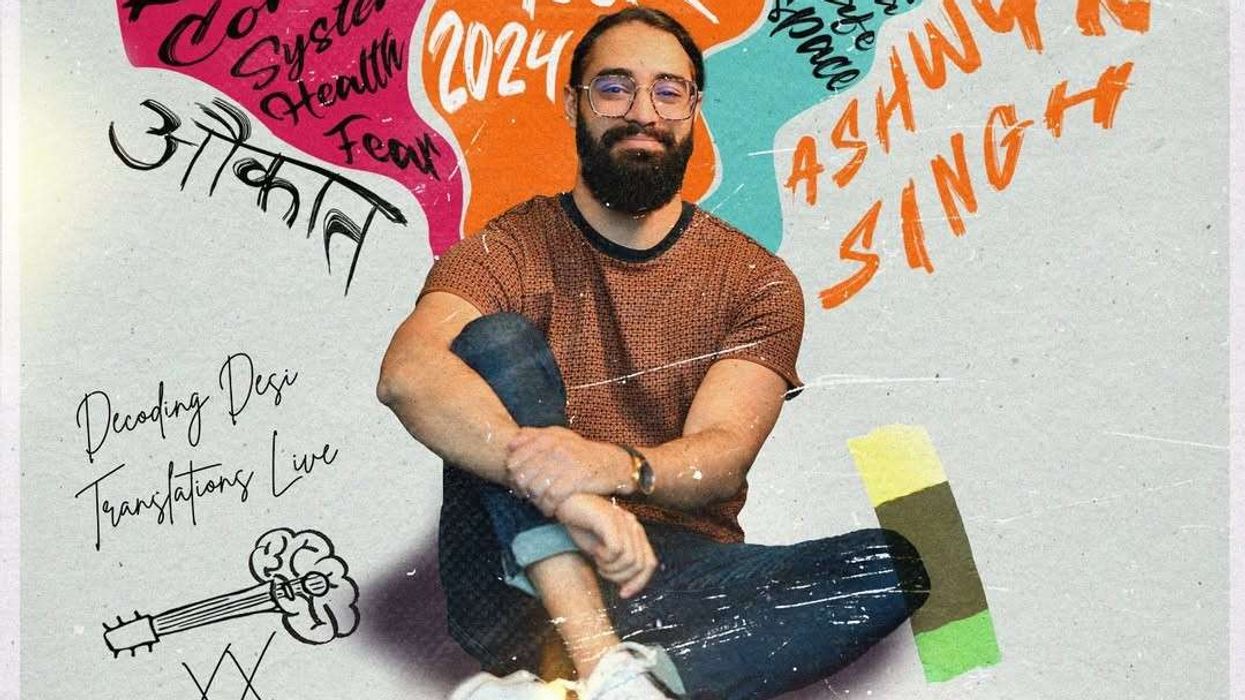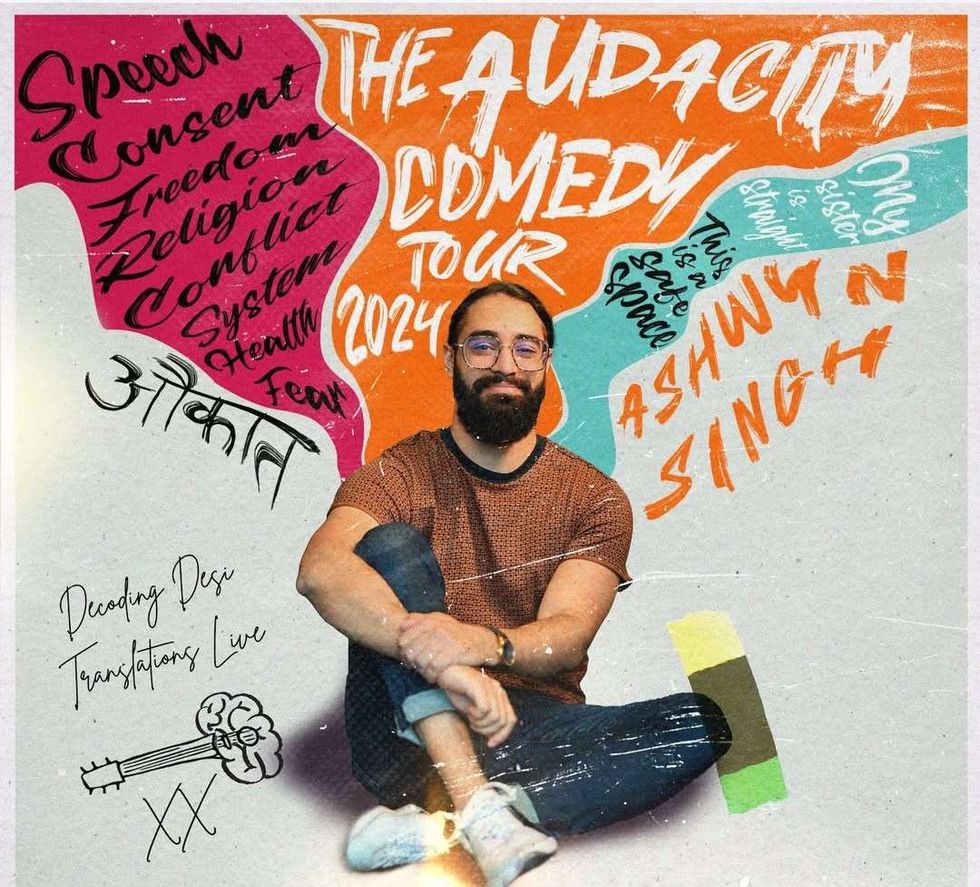Bollywood has churned out many good franchises. This year, we have seen sequels like Total Dhamaal and Student Of The Year 2, and in the coming months, we will get to see many sequels on the big screen like Housefull 4, Dabangg 3, Commando 3 and Mardaani 2.
However, there are some sequels that have been in the news but are not yet officially announced and fans are actually eagerly waiting for it…
No Entry 2
2005 release No Entry was a super hit at the box office. Starring Salman Khan, Anil Kapoor, Fardeen Khan, Bipasha Basu, Lara Dutta, Celina Jaitly and Esha Deol, the film was a laugh riot. From the past many years, we have heard that the makers are planning a sequel to it. However, nothing is officially announced yet.
Hera Pheri 3
The third instalment of Hera Pheri is clearly jinxed. The movie was supposed to star Abhishek Bachchan, John Abraham, Paresh Rawal and Suniel Shetty in the lead roles. Even the shooting of the film had kickstarted, but it was stalled and later the film got shelved. It was said that the makers are planning to restart the sequel with Akshay Kumar, Paresh Rawal, and Suniel Shetty. But nothing has been announced yet.
Singham 3
Fans of Ajay Devgn love to watch him on the big screen as Bajirao Singham in the Singham franchise. The second instalment of the franchise, Singham Returns released in 2014 and was a blockbuster at the box office. Now, the actor’s fans are eagerly waiting for the third instalment of the franchise.
Golmaal 5
Rohit Shetty’s Golmaal franchise has been tickling our funny bones since 2006. We have seen four films under the franchise and now, fans have been eagerly waiting to know when the mad cast of Golmaal will come together once again for Golmaal 5 to make them laugh out loud.
Don 3
After the success of Don (2006) and Don 2 (2011), fans of Shah Rukh Khan and Priyanka Chopra are eagerly waiting to see them together on the big screen in Don 3. A few months ago, there were reports that Shah Rukh Khan is considering Don 3 as his next film after Zero, but we are still waiting for an official announcement of it.
Munna Bhai 3
After his exit from the prison, Sanjay Dutt has starred in many films, but all of them have failed to make a mark at the box office. His fans have been eagerly waiting to see him as Munna Bhai on the big screen and from the past couple of years, we have heard many reports about Munna Bhai 3, but the movie has not yet started rolling.
Stree 2
During the promotions of Stree, the makers had clearly stated that the movie is a franchise and there will be Stree 2 and Stree 3 happening as well. But well, it’s been more than a year the film released, but Stree 2 is not yet officially announced. Well, we are surely waiting for this sequel.





 Ashwyn Singh on language, identity, and the comedy of belonging nowhere Instagram/ashwynsingh
Ashwyn Singh on language, identity, and the comedy of belonging nowhere Instagram/ashwynsingh  Ashwyn Singh turns immigrant life into laughs Instagram/ashwynsingh
Ashwyn Singh turns immigrant life into laughs Instagram/ashwynsingh 






